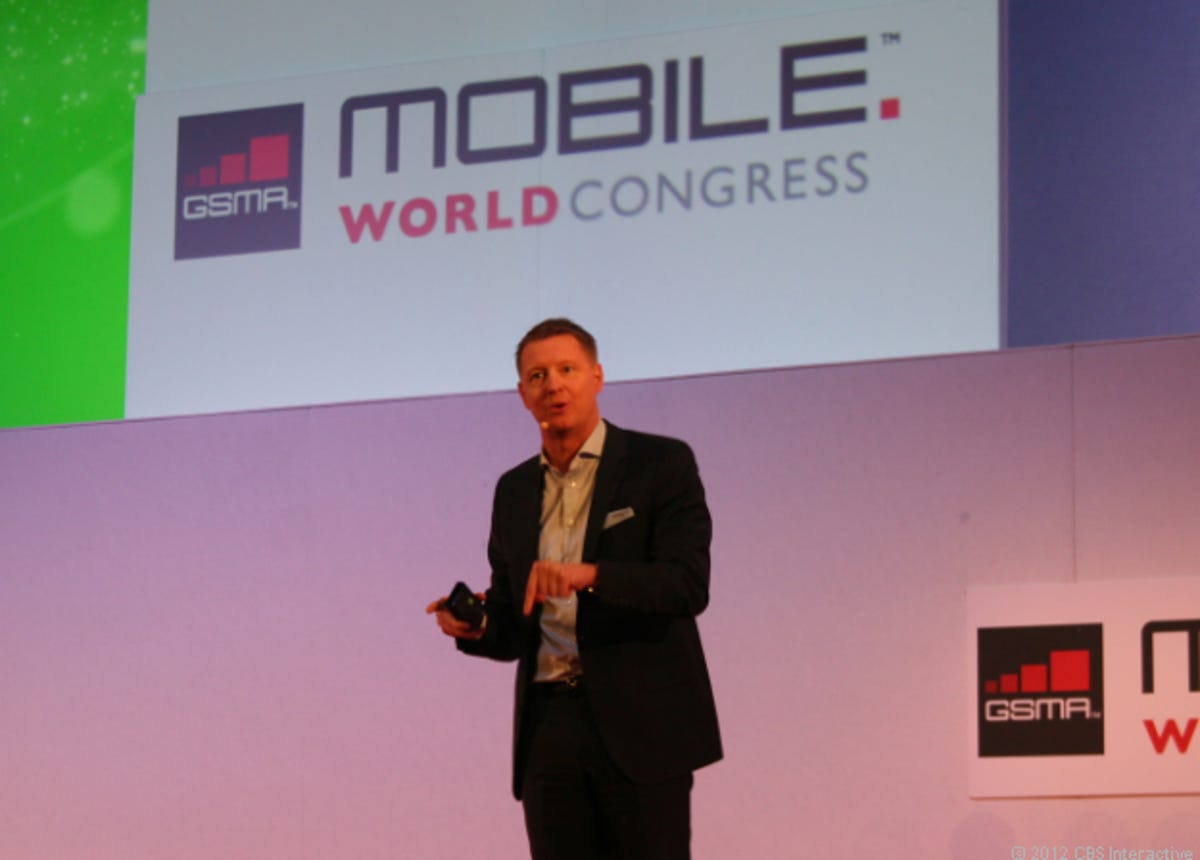BARCELONA, Spain–Today at Mobile World Congress, Ericsson CEO Hans Vestbeg, saunters over to a bicycle on the far edge of his keynote stage and touched a spoke. Instead of hopping on the bike, like many in the audience undoubtedly hoped he would, the leader of the Swedish network equipment giant announced that this particular bike is a connected device.
The Copenhagen Wheel, as he called it, is capable of uploading information as diverse as traffic, weather, and pollution details all from atop a set of rubber wheels.
Yes, the bike is a shining example of the innovation that lays in wait for connected devices, but deeper than that is Vestberg’s point that the human hunger for data is rapacious and will soon be insatiable. The fact that we could very well hit a collective wall of data spectrum isn’t necessarily good or bad, it’s just a statistical inevitability.
The numbers are interesting, and illustrative.
By the year 2016, says Vestberg, 5 billion mobile users will collectively accumulate 50 billion connected devices. The CEO himself has at least eight, when you include his two smartphones, tablet, laptop, TV, hotspot, surveillance system, and tattletale bathroom scale. It isn’t hard to add to that a connected car, refrigerator, glasses, and watch.


Jessica Dolcourt/CNET
Right now, only 10 percent of global users own smartphones, which leaves a huge growth opportunity that handset makers, telcos, and other service providers are eager to pursue.
Demand is deep–40 percent of users interact with their smartphones before they get out of bed, according to Ericsson reports. At the same time, voice traffic is decreasing as people talk on the phone less often–down to 26 percent.
While meeting the demand on the network infrastructure and hardware side is certainly a challenge, what makes it tougher, Vestberg and team shared, is urbanization. Five years from now, 30 percent of the world’s population will live in cities, and generate 60 percent of total data traffic.
More than that, a whopping 80 percent of them will call on data networks from indoors, where signal is often harder to get.
The challenge that companies like Ericsson and the network providers face is huge. “It’s clear that we need to work together in our industry, with policymakers, to get more efficiency for our cities,” Vestberg said. In Germany, for example, auto makers are collaborating to get 4G on connected cars.
Maintaining and updating network infrastructure is key, and trimming down latency issues will satisfy data requests up to five times, according to Ericsson’s chief. Also important is getting shopping centers, train stations, and airports the right support to supply data to a carrier’s customers.
“It’s about capturing potential and opportunities,” Vestberg said.



